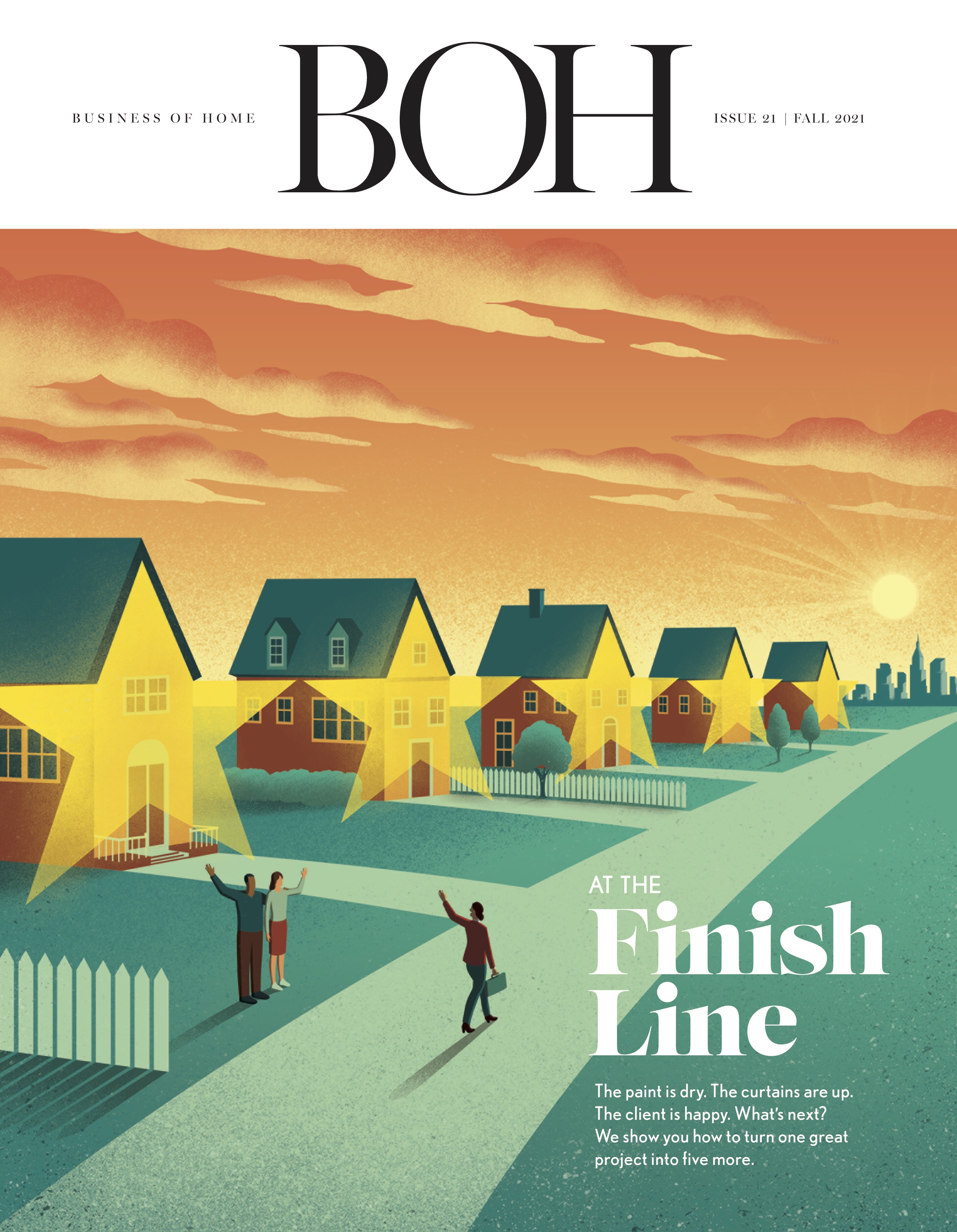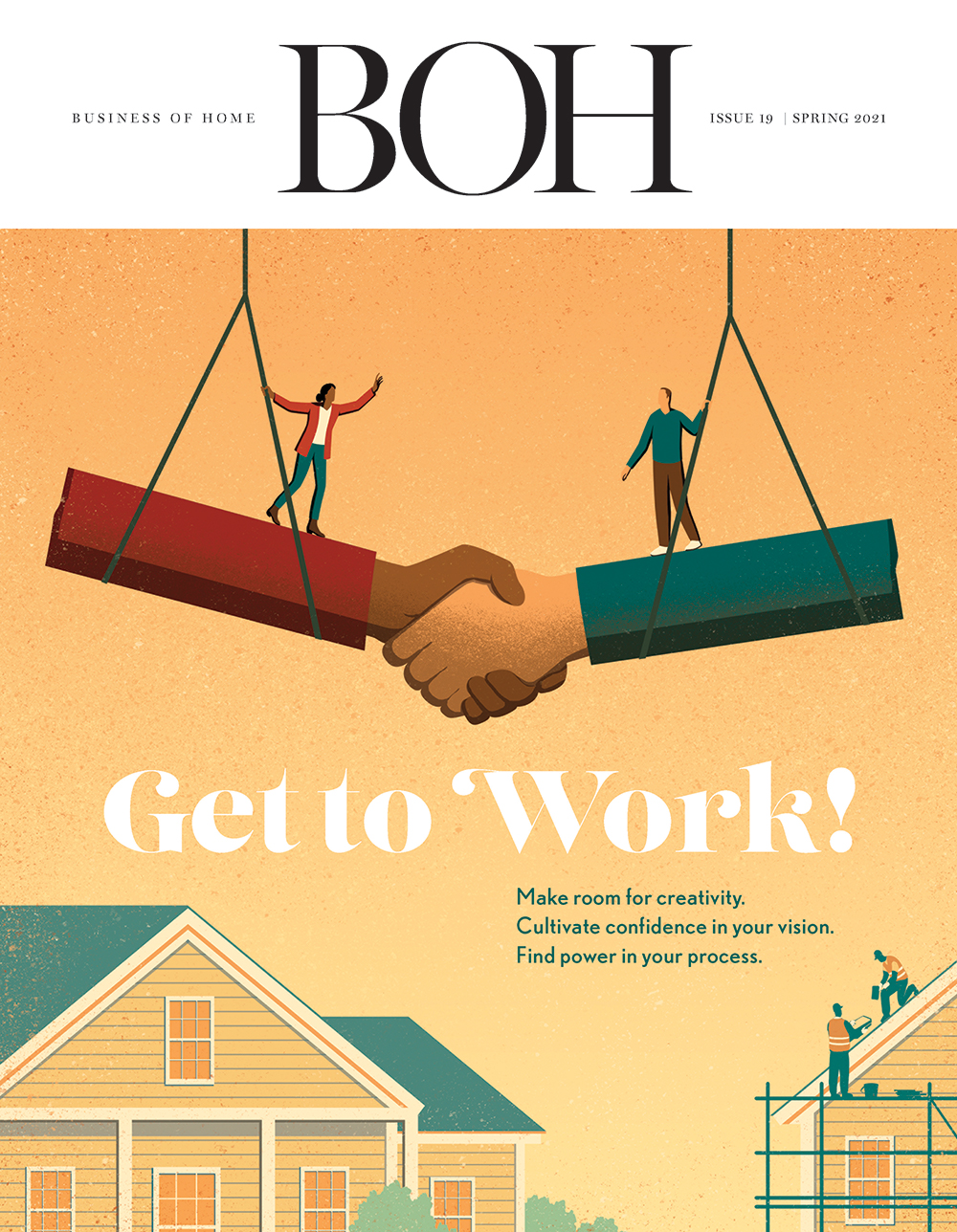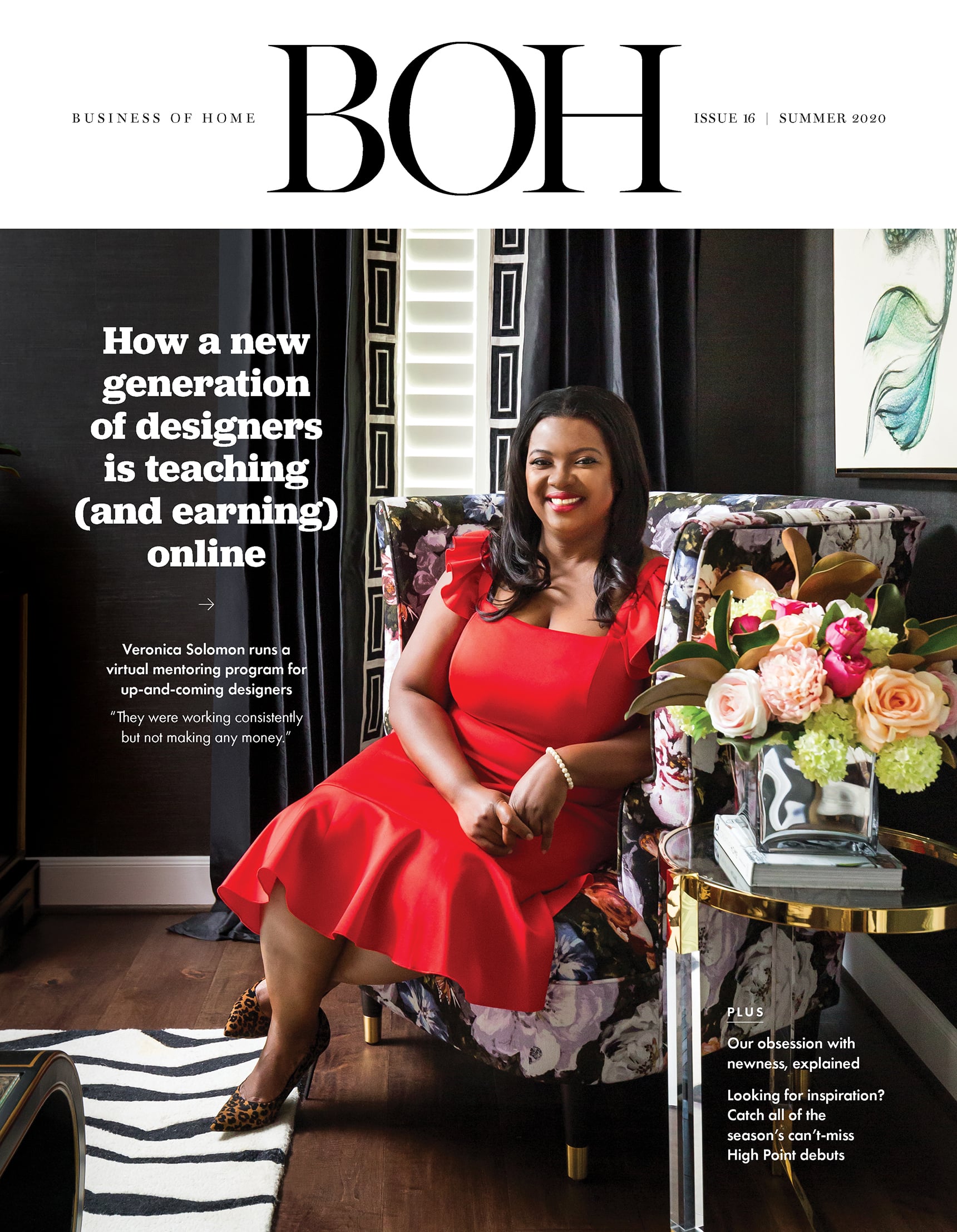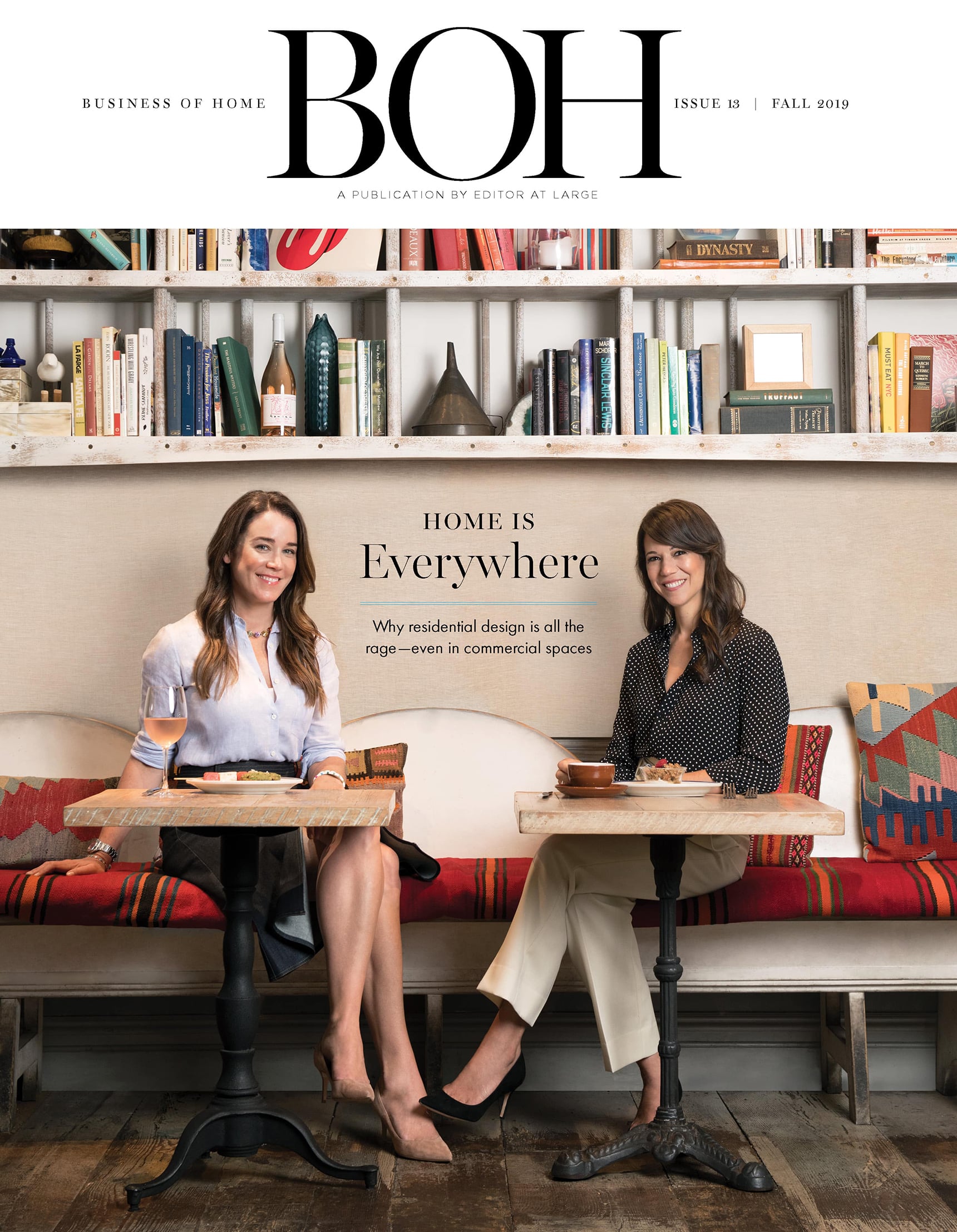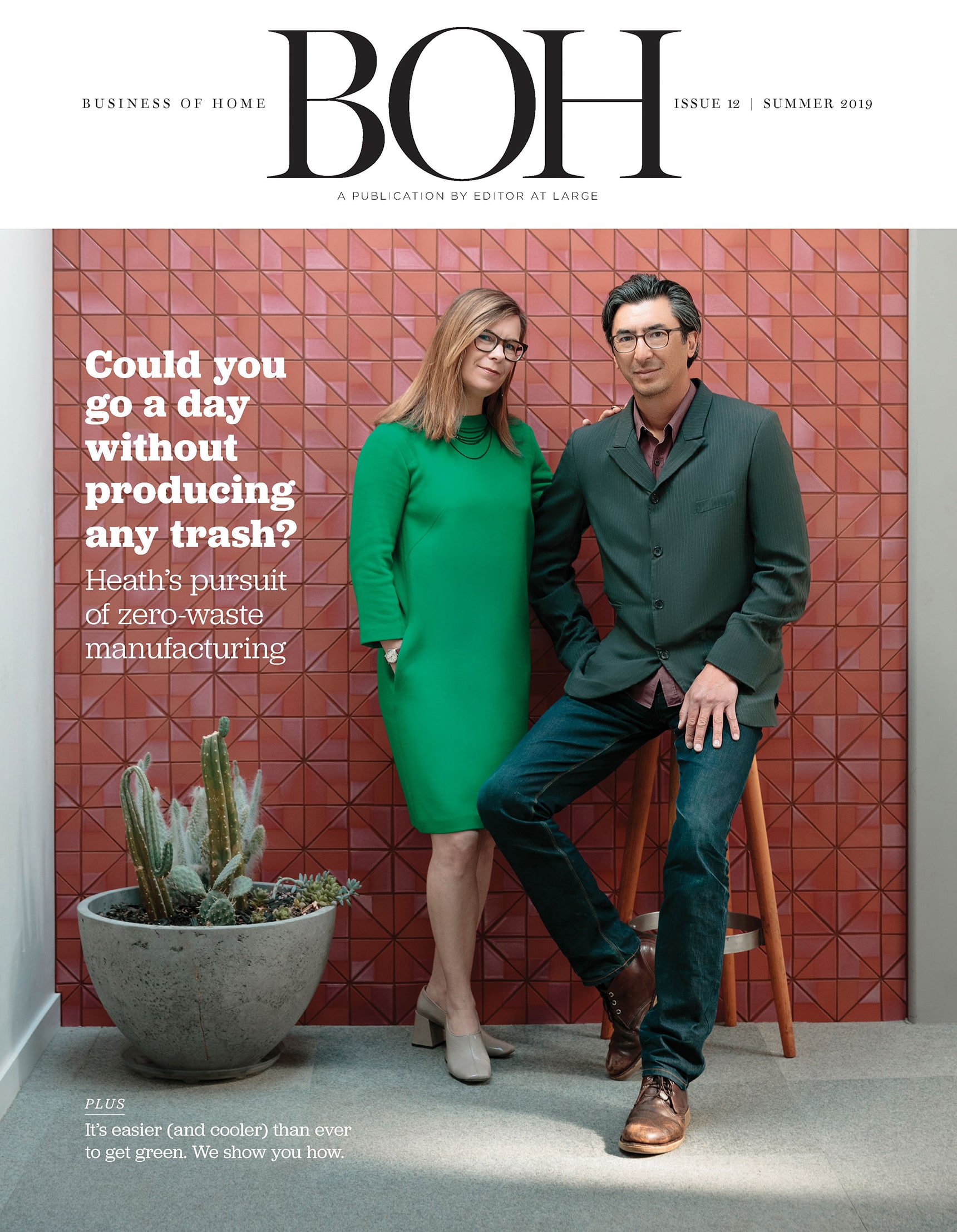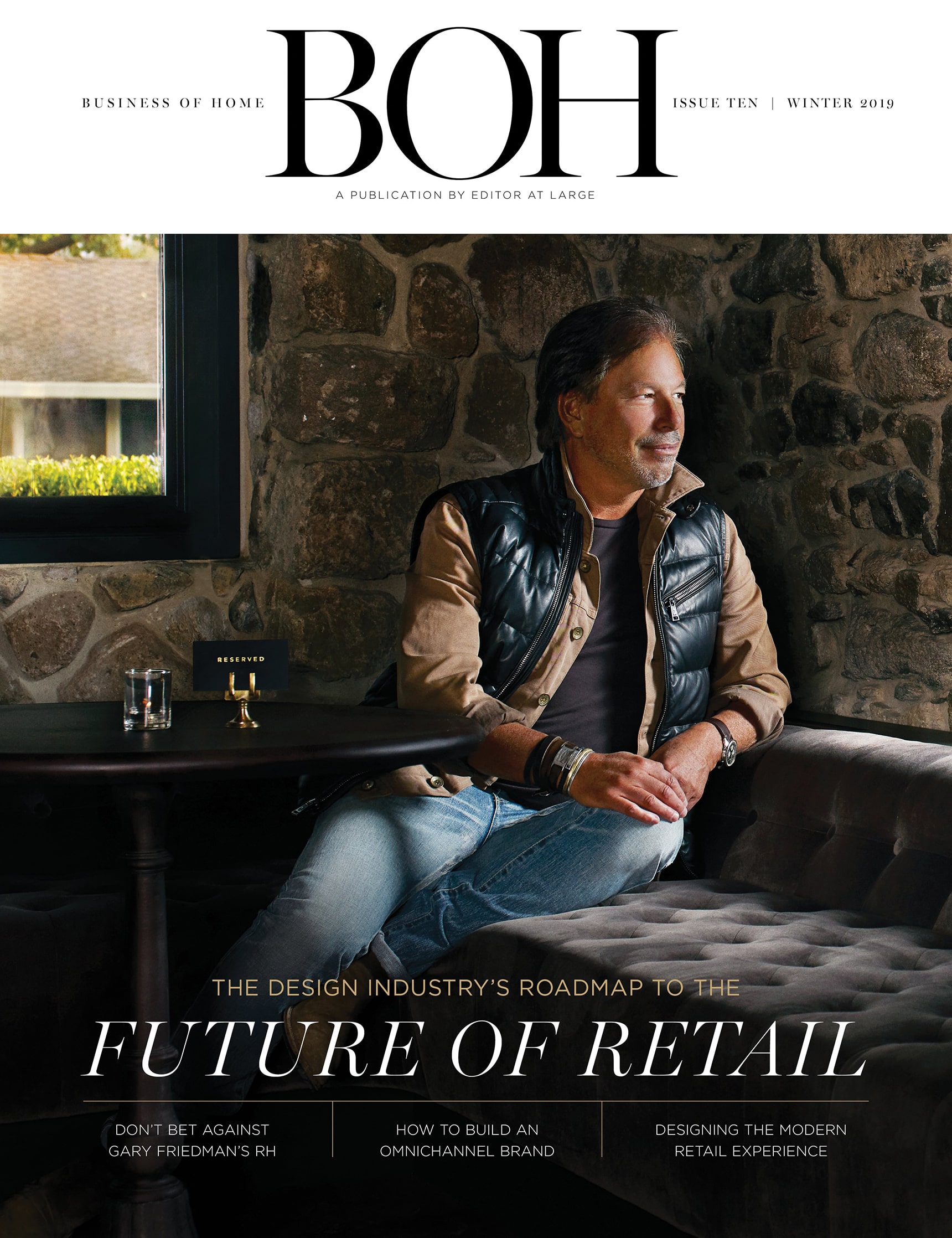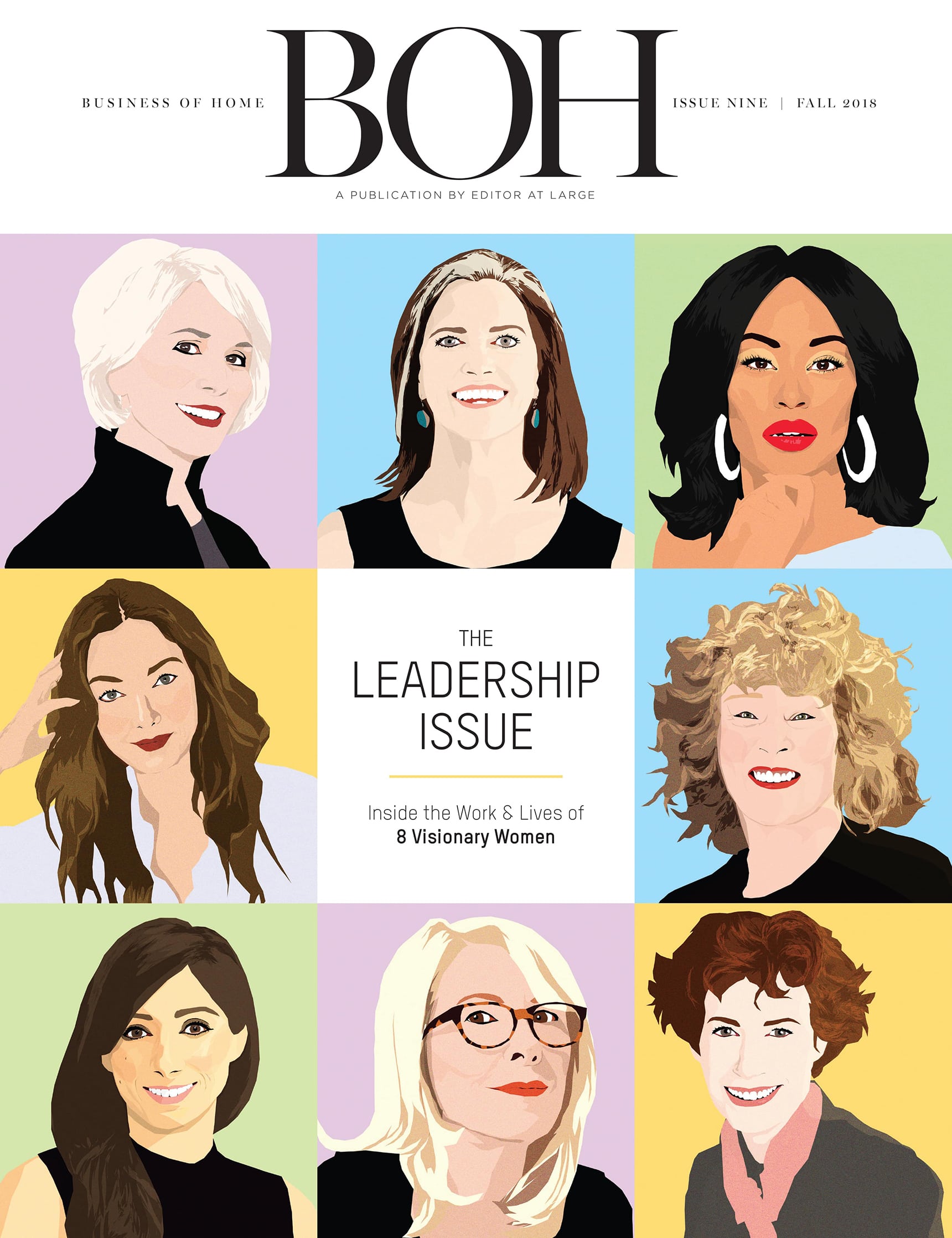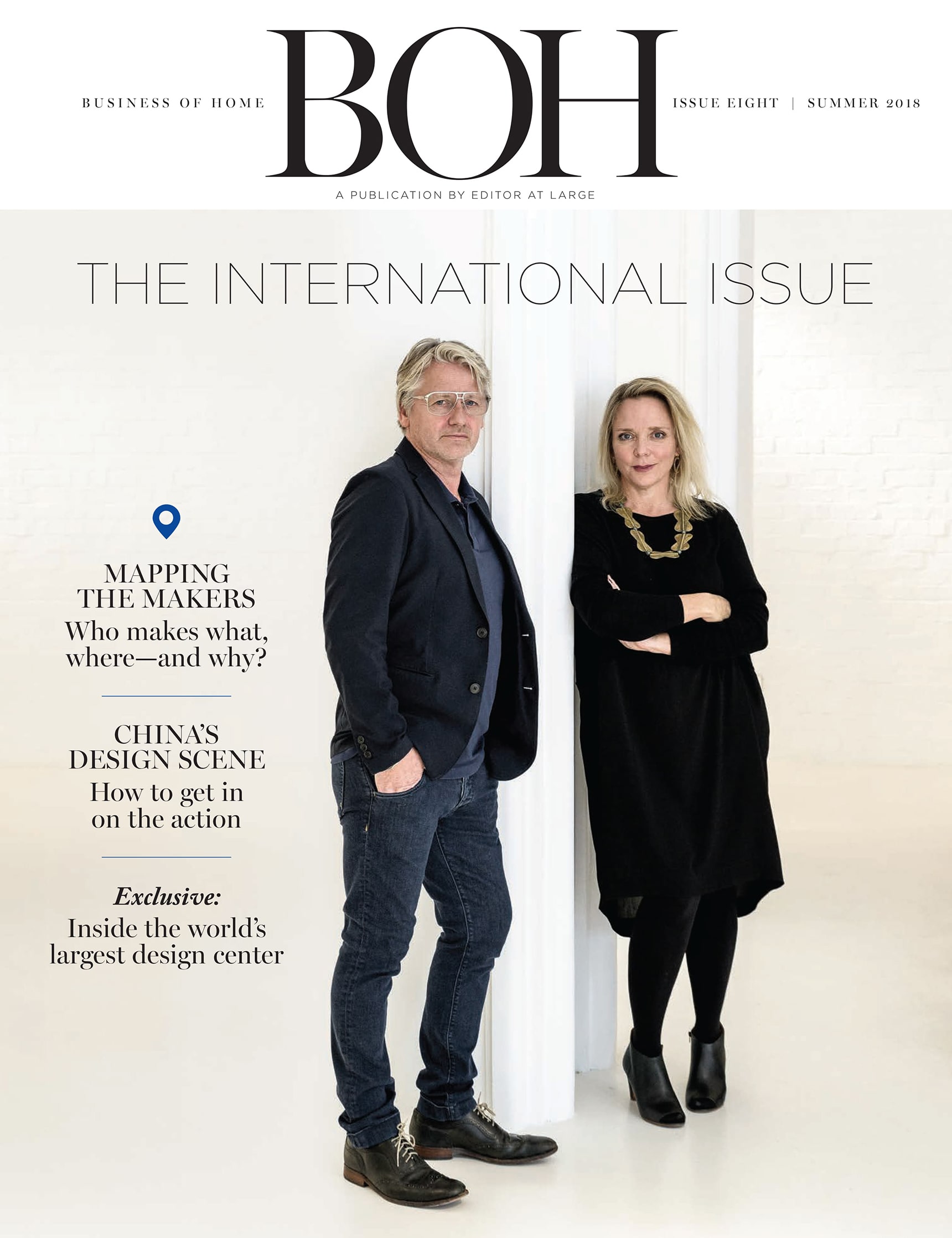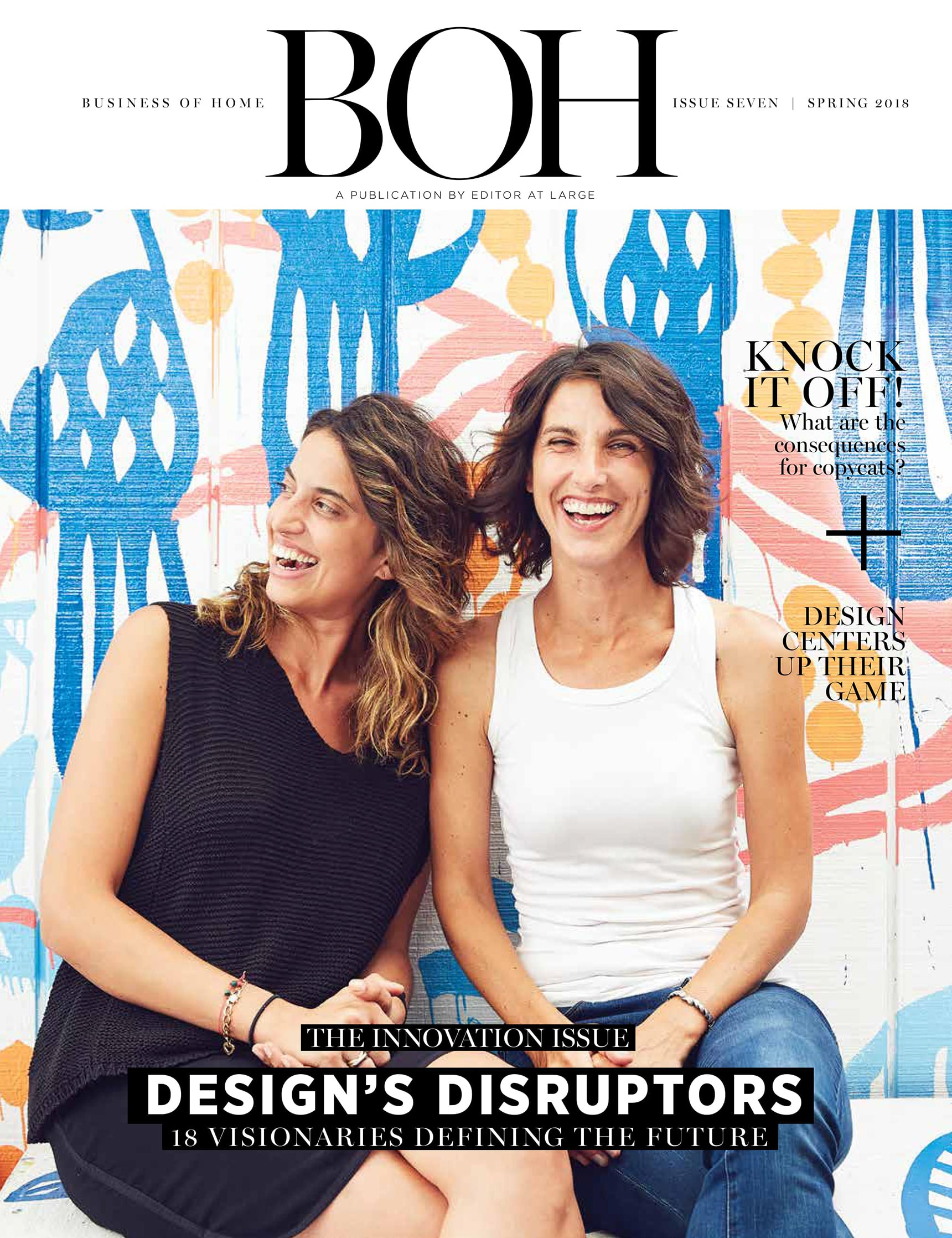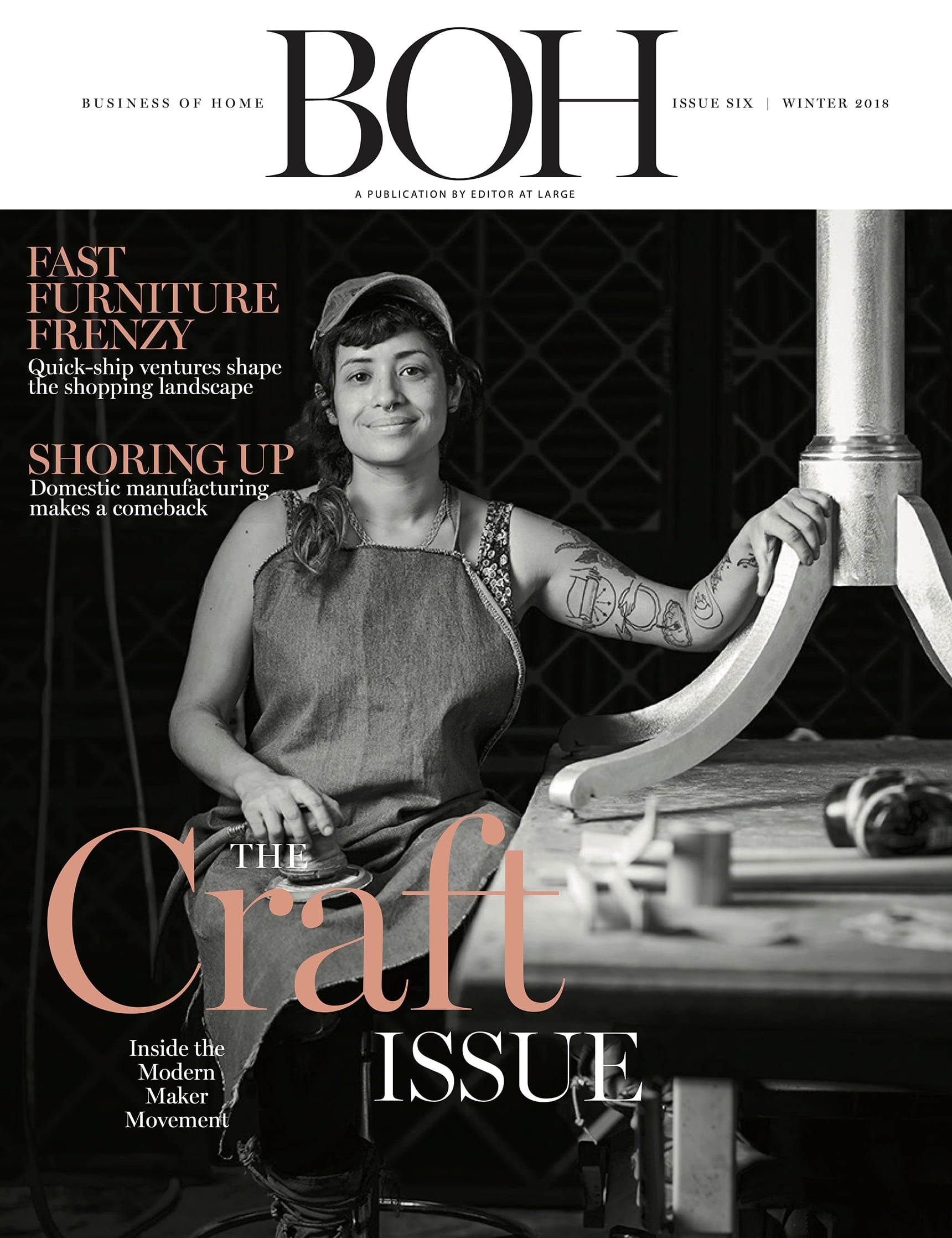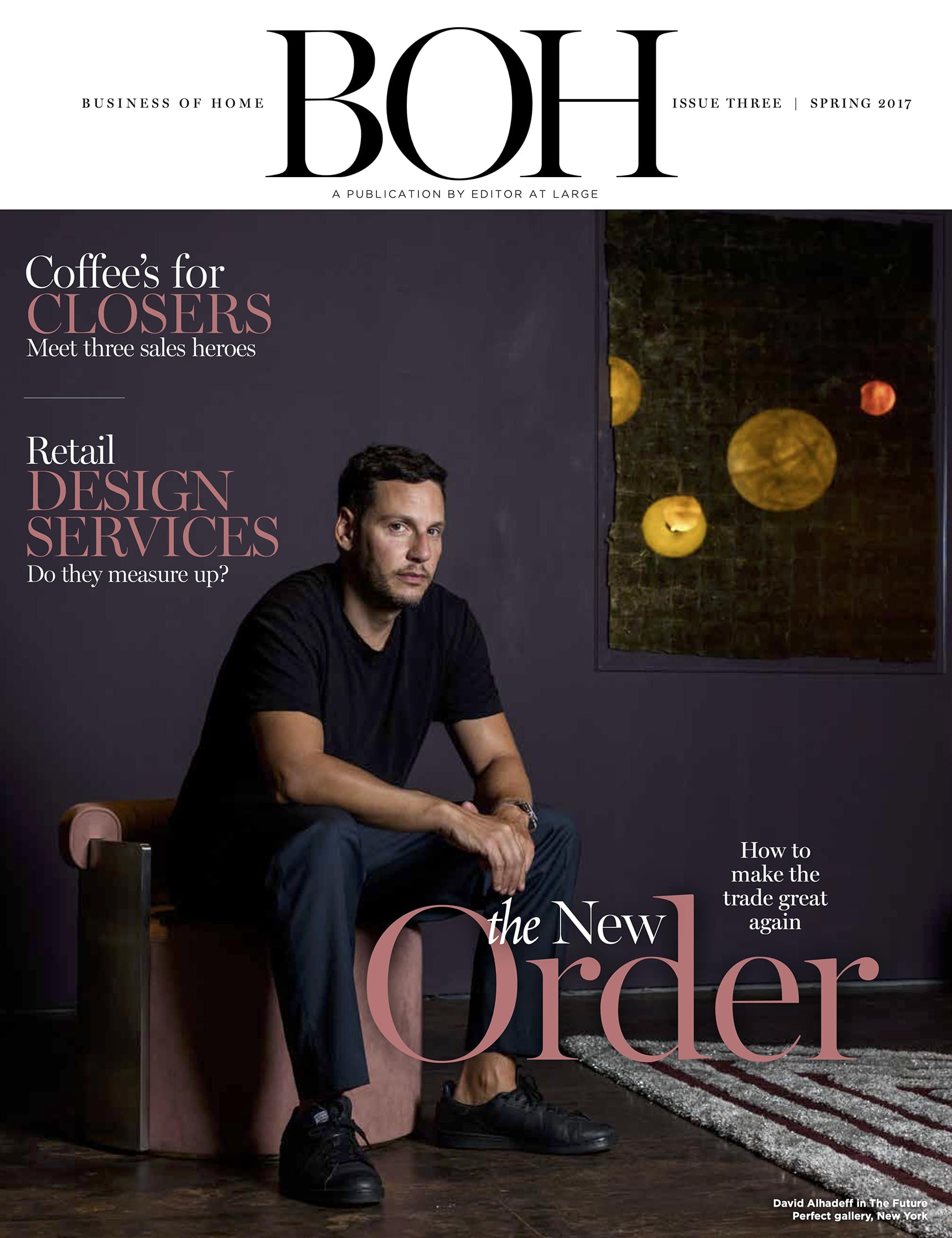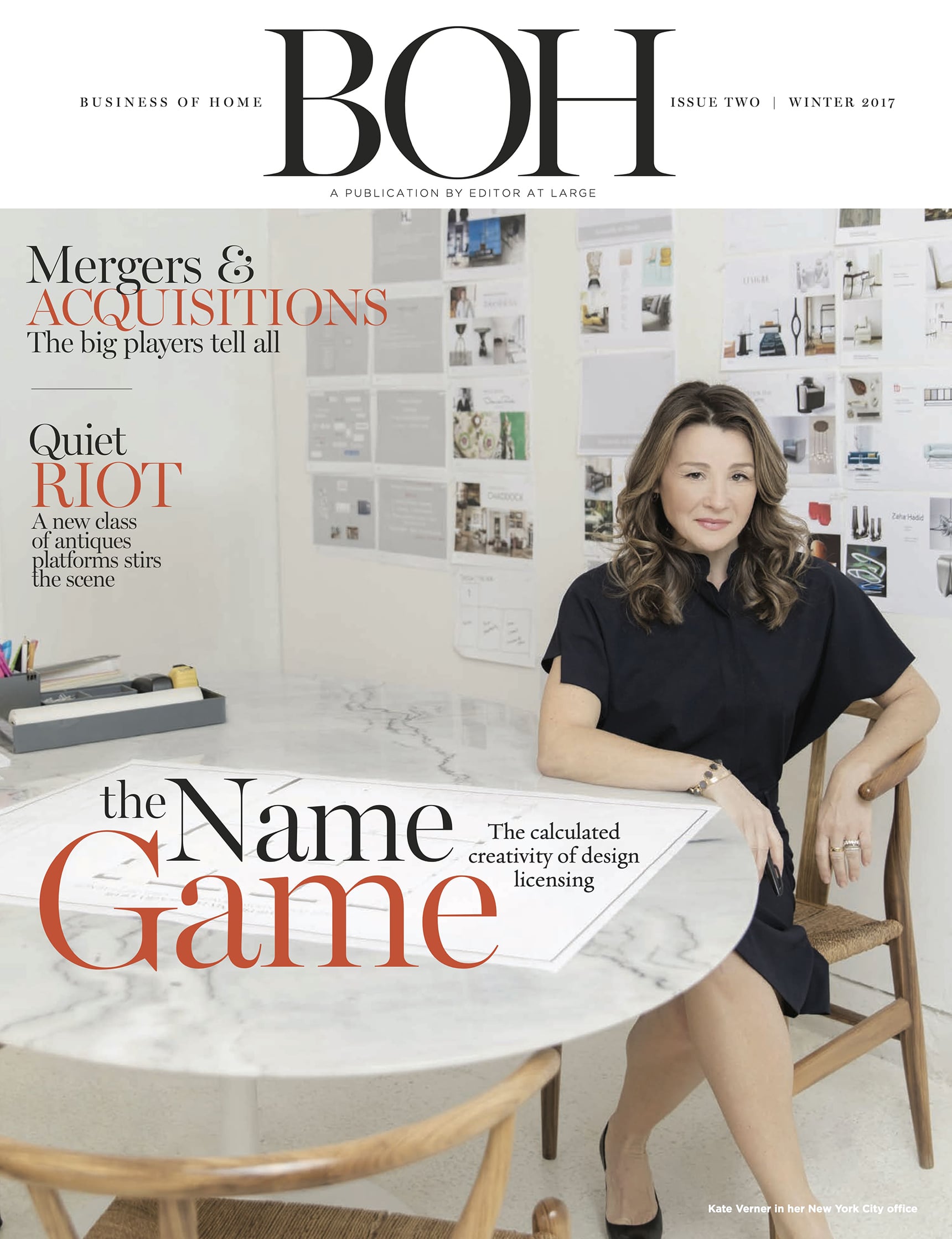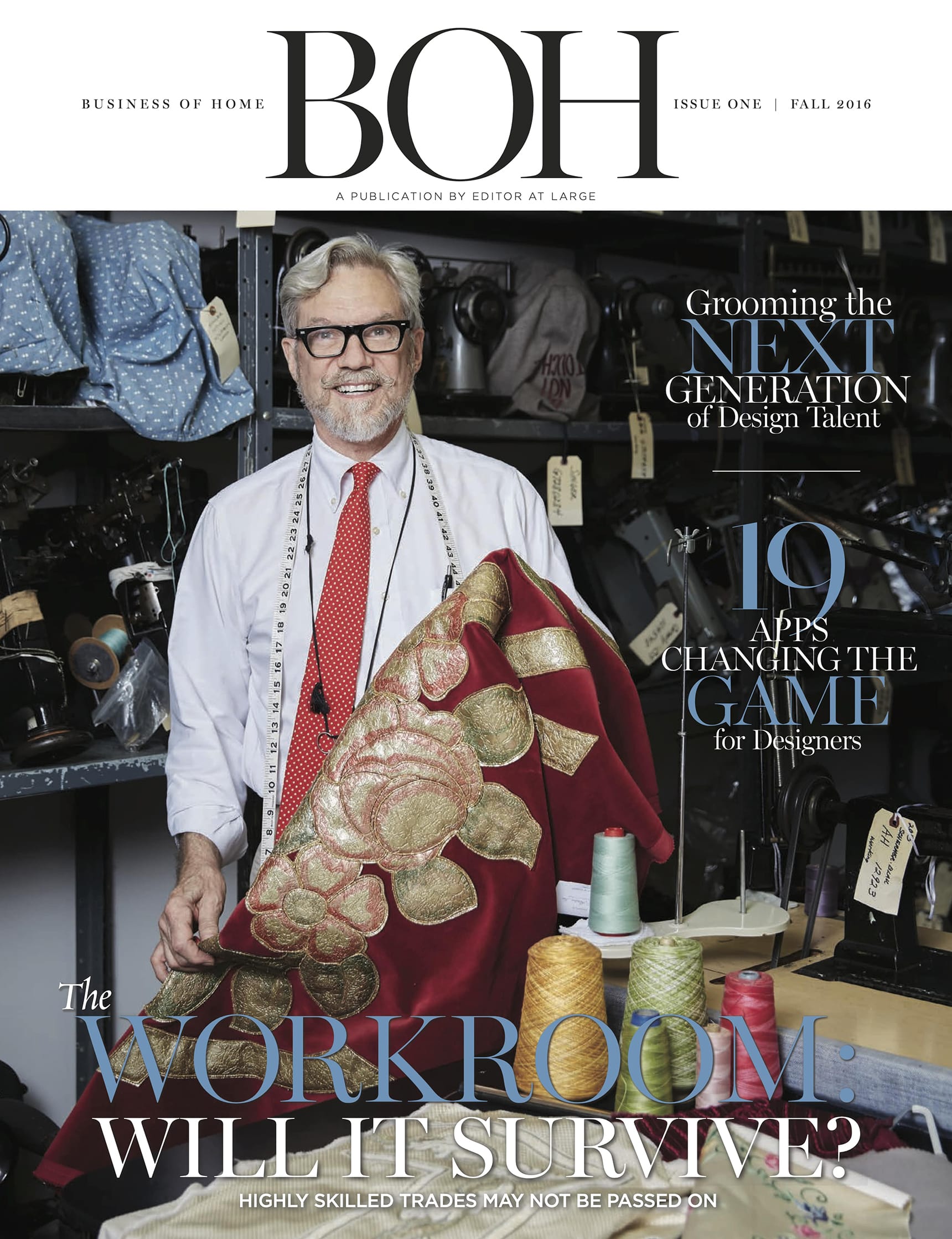Does nature or nurture determine a designer’s success? What kind of mentorship breeds the headline names we know and love? And with more and more young designers eschewing the apprenticeship model altogether, are there still lessons to be learned working in-house for an established firm? BOH spotlights top talents and rising stars for insights into their success.
No matter how illustrious their careers or deep their clients’ pockets, nearly all top designers began at the same place: the bottom rung. But not all entry-level positions are created equal. Take Brian J. McCarthy, who, after graduating from Pratt, kick-started his career at one of the most storied bastions of design history in America. “When I went to work at Parish-Hadley, I knew I believed in their values and aesthetic—and I knew that if it worked, I wasn’t going to want to leave anytime soon,” he recalls. It did work—in large part because Albert Hadley was a dream mentor for the young designer, who stayed at the firm for 10 years. “Albert was just amazing,” says McCarthy. “I could not imagine my life today had I not been taught by somebody who took the time to mentor. And it was natural—it wasn’t like he was making some effort to be professor in the classroom.” The learning experience was hands-on, allowing him to work in Hadley’s shadow. “The big thing is being included. The only way projects become real is if you’re really a part of the process. If you’re only brought in for bits and pieces, you’re never going to get the whole picture.”
Many of the designers BOH spoke with agreed that working at a larger firm was a vital experience before they broke out on their own. “You would never become a doctor without going to medical school and doing a residency,” says Nashville designer Stephanie Sabbe. The 2016 House Beautiful Next Wave honoree had a textbook career path: first school, then practicing under other designers, before launching her own, now-flourishing firm. “There are very few [careers] where you would just show up in a field and start doing it—yet for some reason, in design, people do.”
Seattle designer Andy Beers, founder and principal of OreStudios, worked for Jessica Helgerson after finishing graduate school—and considers his time there one of the foundational linchpins of his career. “Interior design is a trade, and best practices are really only learned on the job,” he says. “Working for a talented, established designer provides younger designers an opportunity to work with vendors they might not otherwise know about, understand detailing in a richer, more specific way, and see firsthand how to run a successful project from intake to final installation. There is such a learning curve in this industry, and working in another office provides a safe place to learn the ins and outs of the business.”
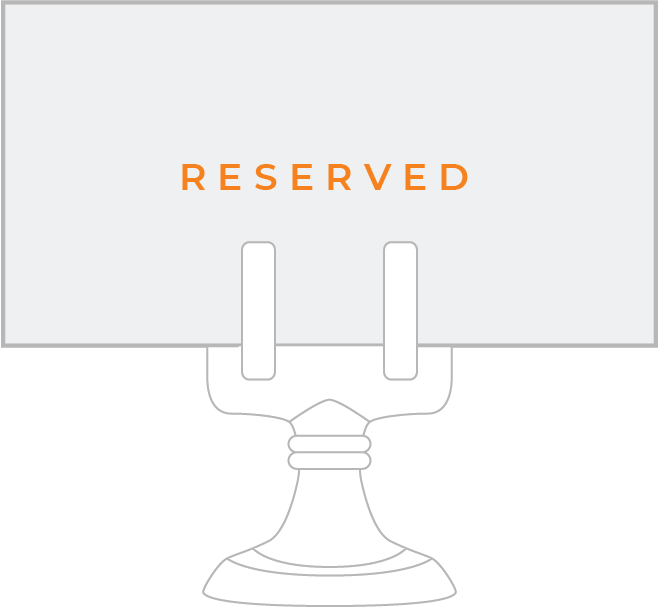
BOH subscribers and BOH Insiders.



















